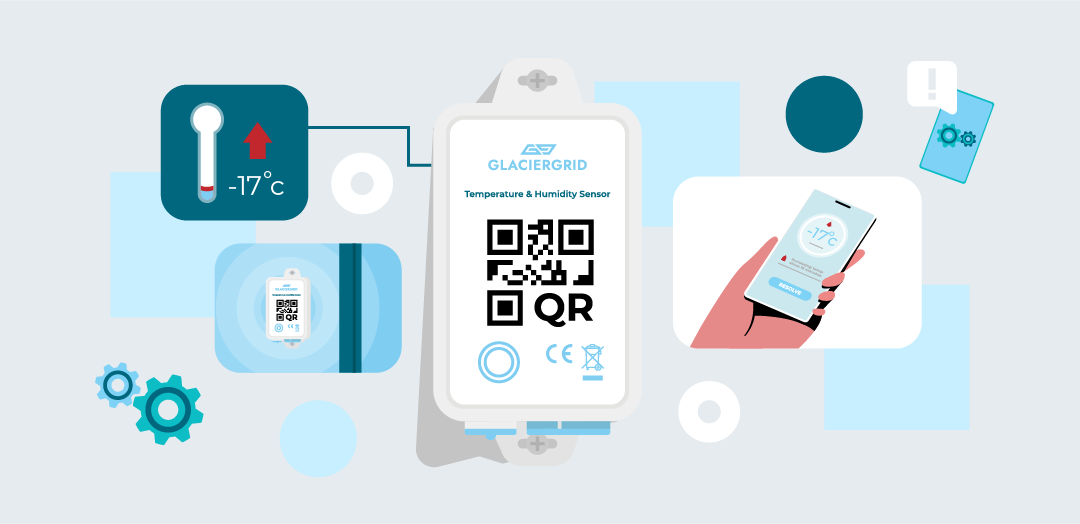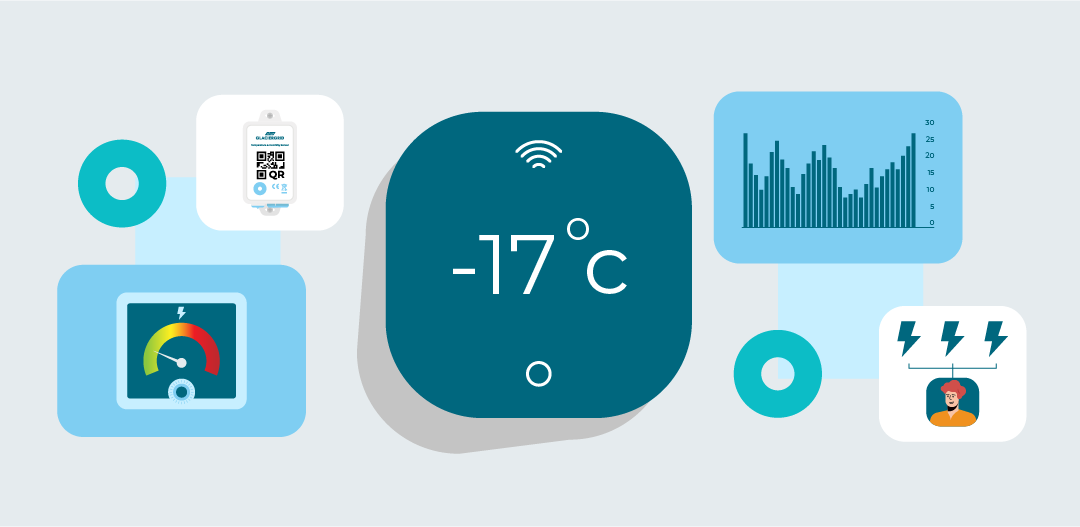Save money on your electricity bill by reducing demand charges, optimizing energy charges, and...



LoRaWAN (Long Range Wide Area Network) is a communication protocol designed for Internet of Things (IoT) devices. In GlacierGrid’s case, IoT refers to a system of devices (sensors) that measure temperature and humidity and transfer the results to the customer without needing any human interaction. These temperature sensors can communicate with users and each other over long distances. The LoRaWAN technology uses a wireless standard called Long-Range Radio (LoRa) and is designed to work in both urban and rural environments.

LoRaWAN can be used to monitor temperature in cold storage facilities and refrigerators, sending real-time data that can penetrate through walls to ensure perishable goods are kept within the required temperature range.
Increasingly, LoRaWAN has become the primary technology for IoT applications and has quickly overcome competing wireless technologies in terms of capabilities, cost, and scalability.

LoRaWAN can track the location of vehicles and shipping containers, making it useful in logistics and supply chain management.
Increasingly, LoRaWAN has become the primary technology for IoT applications and has quickly overcome competing wireless technologies in terms of capabilities, cost, and scalability.
LoRaWAN can be used to monitor energy usage through smart meters. Energy companies can collect data in real-time, allowing for efficient management of energy distribution.
Increasingly, LoRaWAN has become the primary technology for IoT applications and has quickly overcome competing wireless technologies in terms of capabilities, cost, and scalability.

LoRaWAN can be used to monitor temperature in cold storage facilities and refrigerators, sending real-time data that can penetrate through walls to ensure perishable goods are kept within the required temperature range.
Increasingly, LoRaWAN has become the primary technology for IoT applications and has quickly overcome competing wireless technologies in terms of capabilities, cost, and scalability.
LoRaWAN can track the location of vehicles and shipping containers, making it useful in logistics and supply chain management.
Increasingly, LoRaWAN has become the primary technology for IoT applications and has quickly overcome competing wireless technologies in terms of capabilities, cost, and scalability.
LoRaWAN can be used to monitor energy usage through smart meters. Energy companies can collect data in real-time, allowing for efficient management of energy distribution.
Increasingly, LoRaWAN has become the primary technology for IoT applications and has quickly overcome competing wireless technologies in terms of capabilities, cost, and scalability.


Security
Data transferred by LoRaWAN technology have industry standard AES-128 standard end-to-end encryption. Software and firmware updates can be installed remotely, allowing devices to stay up to date on security updates without needing human intervention or manual maintenance.
.png?width=654&height=513&name=Security@2x%201%20(2).png)
